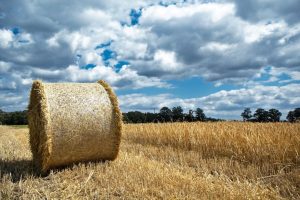
Crop rotations and residues fulfill important agronomic functions but they are inadequately considered in product carbon footprint calculations. Scientists Brankatschk and Finkbeiner recalculated carbon footprints for bread, milk, first-generation biodiesel and second-generation bioethanol and showed that crop rotations and residues influence the results and should be considered in the process. Without inclusion of crop rotation effects, environmental advantages of improvements in agricultural practices enabled by crop rotations will remain undetected.










